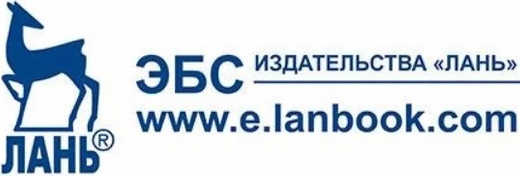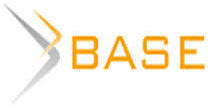THE PREREQUISITES OF CREATION OF THE INTELLECTUAL HALL OF MEETINGS
Development of the intellectual information technologies allowing to automate various technological organizational processes has caused development and realization of various forms of intellectual space. The intellectual hall of meetings became one of them. The analysis has shown that the majority of the existing prototypes of the intellectual hall of meetings realize accumulation of data on activity of users for simplification of interaction between them. In the prototype of the intellectual hall of meetings offered by authors means of increase in comfort of holding a meeting, such as system of climate control, system of display of data, system of maintenance of a meeting, system of lighting and also implementer of safety requirements are considered when holding the closed meetings. What the general device which is carrying out automatic data processing, arriving from sensors, cameras and microphones, record and data reading from the database, management of functional elements of the intellectual hall on the basis of the processed data has been developed for. The offered prototype of the intellectual hall of meetings will allow to simplify process of holding a meeting, will increase opportunities for processing of multimedia information, will increase comfort and will lead to growth of efficiency of a meeting.
















While nobody left any comments to this publication.
You can be first.
1. Ronzhin Al. Comparative analysis of functionality of prototypes of intellectual spaces / Ronzhin Al., Karpov А.А. // Works SPIIRAN. 2013. r.24. p. 277-290.
2. Ronzhin A. The system of audiovisual monitoring of participants of the meeting in the intellectual hall / Ronzhin Al., Ronzhin An. // Reports ТУСУРа, № 1 (22), p. 1, 2011, p. 153-157.
3. Kipyatkova I.S. The state-of-the-art review of systems of recognition of the Russian speech with the big dictionary / Kipyatkova I.S., Karpov A.A. // Works SPIIRAN. 2010. p. 12. p. 7-20.
4. Fillinger A. Middleware and Metrology for the Pervasive Future / Hamchi I., Degré S., Diduch L., Rose T., Fiscus J., Stanford V. // IEEE Pervasive Computing Mobile and Ubiquitous Systems. Vol. 8, num. 3, 2009. pp. 74-83
5. Nakashima H. Handbook of Ambient Intelligence and Smart Environments / Aghajan H. K., Augusto J.C. // Springer. 2010. 1294 p.
6. Chou H. Automated lecture recording system / Wang J., Fuh C., Lin S., Chen S. // International Conference on System Science and Engineering, 2010. pp. 167-172.
7. Kadirov R Sensors in a Smart Room: Preliminary Study / Cvetkov E., Korzun D. // Conf. Open Innovations Framework Program FRUCT, Oulu, Finland, 2012. pp. 37-42.
8. SanPiN 2.2.1/2.1.1.1278-03. Hygienic requirements to the natural, artificial and combined lighting of residential and public buildings. – The resolution of the Chief state health officer of the Russian Federation from 2010-15-03 No. 20.
9. SanPiN 2.2.4/2.1.8.562-96. Noise in workplaces, in rooms of residential, public buildings and in the territory of the housing estate. – app. the resolution of the State Committee on Sanitary and Epidemiology Surveillance of the Russian Federation from 1996-31-10 No. 36.
10. GOST 30494-2011. Buildings inhabited and public. Microclimate parameters to rooms: Interstate scientific and technical commission on standardization [2011].
11. RD «The Automated systems. Protection against unauthorized access to information. Classification of the automated systems and the requirement for information security – app. the decision of the chairman of the State commission under the President of the Russian Federation from 1992-30-03.